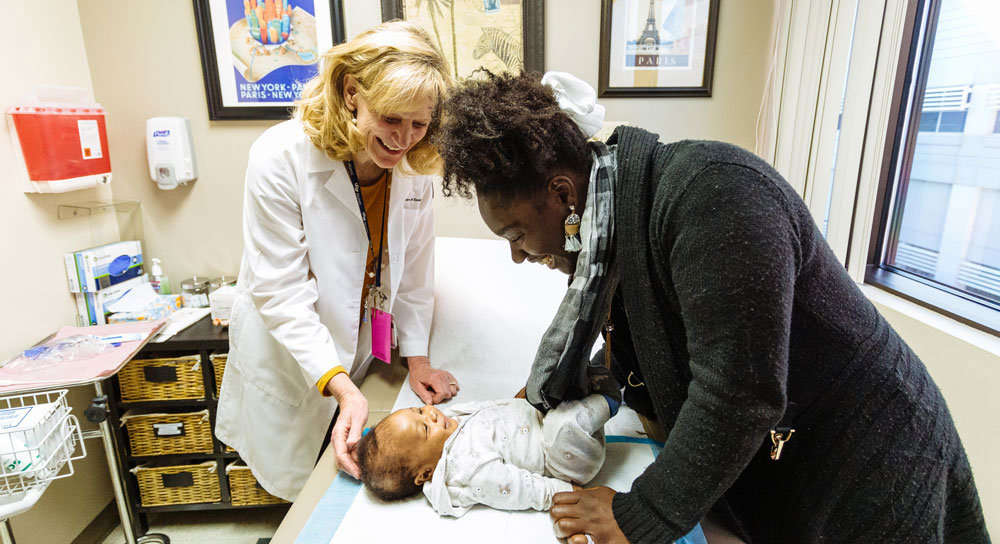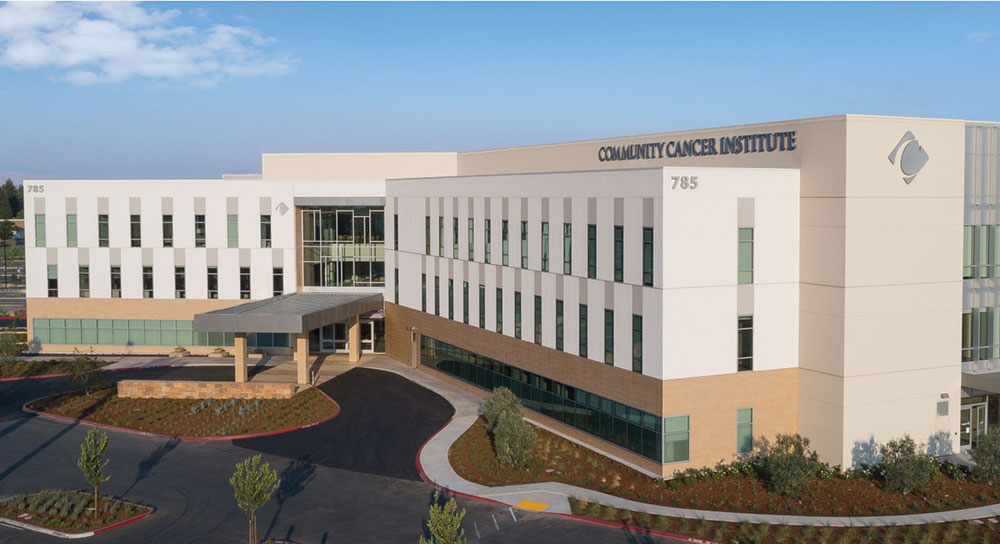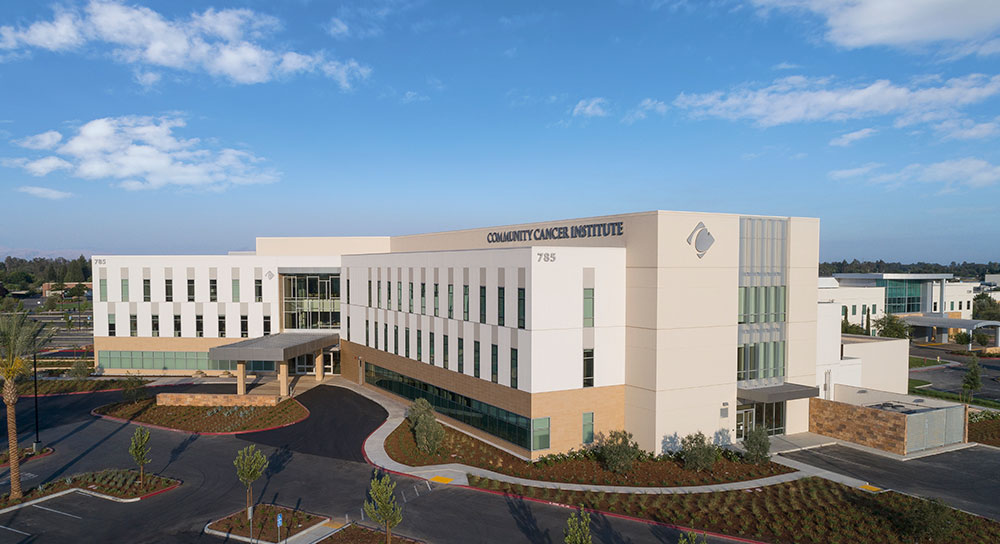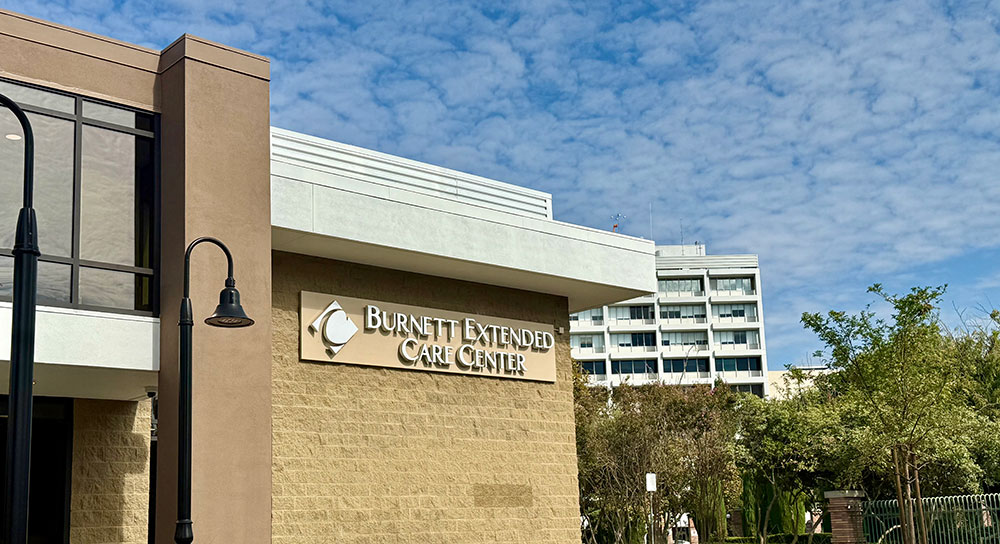Before she became pregnant, Darnisha Wiley-Scott had been going door-to-door on the west side of Fresno surveying women about pregnancy and childbirth as part of a community project and study.
“Come to find out that African-American women are more likely to have premature babies than any other ethnicity in Fresno. It shocked me,” she said. “Hearing their stories, not just about premature births, but also about miscarriages was sad… and yes, that was a stressor, a big stressor for me.”
In Fresno County, African-American women are 55% more likely to have a premature baby than white mothers and 40-42% more likely than Latino and Asian mothers to have a preterm birth. Being born premature, puts infants at higher risk of dying before their first birthday. And in Fresno County, according to the most recent statistics, Black babies die twice as often as white babies.
Community Regional Medical Center, which delivers more micro-preemies — babies weighing less than 3 lbs. 5 oz. — than any other California hospital, has supported efforts of UCSF Fresno, First 5 Fresno County, and the Central Valley Health Policy Institute at Fresno State to turn those distressing statistics around.
As part of its outreach and community benefit work, Community Medical Centers provided $25,000 to fund the Preterm Birth Initiative’s Parent Councils in Fresno County. The councils bring together mothers and fathers of premature infants to help inform researchers and they are in turn trained to help educate those at-risk in their communities.
Landmark study for high-risk pregnancies and women of color
Wiley-Scott said she was grateful for the chance to be part of a new Fresno County study that compares group prenatal care with traditional prenatal care that includes enhanced education and social supports. And while group prenatal care has been tried elsewhere, this Fresno study, funded by the Patient-Centered Outcomes Research Institute, is the first to include women with high-risk pregnancies.
“Group care has been done before but pretty much in a middle-class population. It hadn’t been done in a population of high-risk women and women of color,” said Ellen Middleton, a nurse practitioner midwife, Ph.D. researcher and faculty member with UCSF Fresno, who is one of three medical providers seeing patients in group prenatal care.
The EMBRACE (Engaging Mothers and Babies Reimagining Antenatal Care for Everyone) study groups eight to 12 women with similar due dates, explained Midwife Brittany Edwards who is co-lead of the four-year EMBRACE study. The group meets for two hours at a time to receive prenatal education, nutrition counseling and training in mindfulness and stress reduction. After brief one-on-one visits with their midwife or obstetrician, the women have a chance to ask questions in a group, bring up their own topics of concern and share what they’ve learned from previous experiences.
“This is really a landmark study,” Edwards agreed.
Several Fresno area organizations have joined forces since alarm bells rang a decade ago. In 2010 the county’s preterm birth rate of 13.2% rivaled third-world countries and 20.9% — or 1 out of every 5 — African-American babies were born too early. And those premature births contributed to high infant mortality rates in Fresno. The California Preterm Birth Initiative, established in 2015 through $10 million in funding from Marc and Lynne Benioff and efforts of UCSF researchers, set out to study the issue and began pushing for wrap-around supports for women at risk of delivering preterm babies.
“We have an audacious goal now with the EMBRACE project to recruit 2,600 women to answer the question, ‘Does group prenatal care actually improve prematurity rates?’” said Tania Pacheco-Werner, co-assistant director of the Central Valley Health Policy Institute at Fresno State. The policy institute is helping recruit women for the study.
“We recognize that asking women to be part of an experiment during such a vulnerable time as pregnancy is asking a lot,” Pacheco-Werner said. “We are not just doing this for science sake, but to really try to change the face of healthcare to serve women. We really want to be able to tell healthcare providers this is not only the care that women want, but something that works.”
Edwards and Middleton know that there’s not just one factor that they can point to as a cause of preterm birth. “We’re trying to figure out is it socio-economic factors or education or lack of access to healthcare?” said Edwards. “But we’re seeing even women with high education and socio-economic status affected. There’s this consistent stream of structural racism that might be having an effect.”
Middleton said women she surveyed talked about discrimination and feeling their concerns were ignored. “They also have a lot of stress in their lives, whether that’s living in neighborhoods where there’s more violence, or low food security, or low education, or even lack of parks in their community,” she added.
Group prenatal care creates sense of community
Wiley-Scott had those same concerns and worried: “You try to be positive while carrying your baby in an environment that might not be so welcoming of your baby in the first place.”
“But being in a group prenatal setting helped lower that stress for me,” said Wiley-Scott, “because I had the love and support of not only my healthcare providers, but the women around me. It was a beautiful sense of community.” Learning from other women and being able to lean on their wisdom, she said, helped her deliver a healthy full-term son, Maurice Omari Scott, in November 2019 at Community Regional.
“It’s a beautiful model to gather women and have them go through their pregnancy together,” agreed Edwards. “There is a special power when women get together and there are experienced moms helping first-time moms learn about colic or how best to deal with heartburn. The provider steps back and lets the learning happen and lets the space become the women’s space.”
That created sense of community often continues after mothers deliver their babies, said Edwards who has led similar groups in the San Francisco area. Women would continue to support each other with childcare and getting together for play dates with their babies, she said. And in those previous group prenatal studies with women who weren’t at risk, there were promising reductions in preterm birth, increases in breastfeeding rates and increased satisfaction with motherhood.
Solving preterm births takes a community
Continuing a sense of community can help women who do deliver prematurely. “With a premature infant that story doesn’t stop at birth…” said Middleton. “That stress carries throughout that child’s life with multiple special needs. It could be learning disabilities; it could be long-term neurological deficits. That’s why this is not just a medical problem, it’s a community problem.”
Fresno’s birth statistics still shock Wiley-Scott: “You would think as technologically savvy as our community is and the medical knowledge here that babies wouldn’t be dying … this is something that has to be tackled. It’s something as a city and as a community we should be talking about more.”
Wiley-Scott is planning to do just that, finishing up her undergraduate health degree with plans eventually to attend medical school and become an obstetrician to help more women deliver healthy babies.






